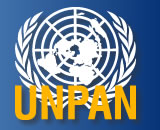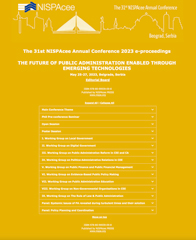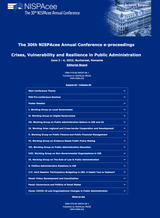Introduction
The outcome of applying New Public Management (NPM) principles in Western countries’ public administration has been analyzed quite a lot, but the particular situation in Central and Eastern European (CEE) countries has received less attention. Similarly, the Neo-Weberian State (NWS) – admittedly a relatively new concept – has not been thoroughly explored in the CEE context with a few exceptions (e.g. Drechsler 2005a). The aim of this paper is to analyze the applicability of these two concepts of public administration in the post-communist countries. As the development of liberal democracy is seen as a crucial variable in the discussion of public administration, the CEE region is limited to the new EU member states in this paper. There are also remarkable differences among the new EU member states (see e.g. Ágh 2003) but common developments, opportunities and risks can also be pointed out. The EU influence on CEE administrations is not specifically addressed within this paper.
There are fundamental differences between countries that have radically changed their political systems on the one hand, and other states that have carried out public administration (PA) reforms within the same political system. Therefore, it is difficult to use the same research framework for Western and Eastern European countries. At the same time, the NPM fashion in the West has influenced the adoption of similar ideas in CEE (Randma-Liiv 2005). The NPM ideology sat well with post-communist countries that did not like a big state apparatus, were abolishing their one-sector economies and carrying out large-scale privatizations. In later phases of transition, path dependency started playing an important role, as fundamental state-building decisions had already been taken in the early 1990s.
The problem in the CEE region is that quite frequently, the concepts and especially the underlying ideologies of PA reforms have not been fully understood (Drechsler 2004: 389). This can also be present in some highly developed countries but not to the same extent as in CEE where thinking about the state is insufficient and often ’uninformed’. This has led to "the failure to understand the logical basis of reforms and to make them compatible with what else is being tried in a government” (Peters 2001: 64). To a certain extent, ’transition’ is still an appropriate term to characterize the field of public administration in CEE. What have been the main challenges of the post-communist legacy that still influence the CEE administrations today ? How are they related to various public administration paradigms, most notably those of NPM and the NWS ? A number of fundamental choices for any government are addressed below by highlighting specific characteristics in CEE countries.




 Price:
Price: 








